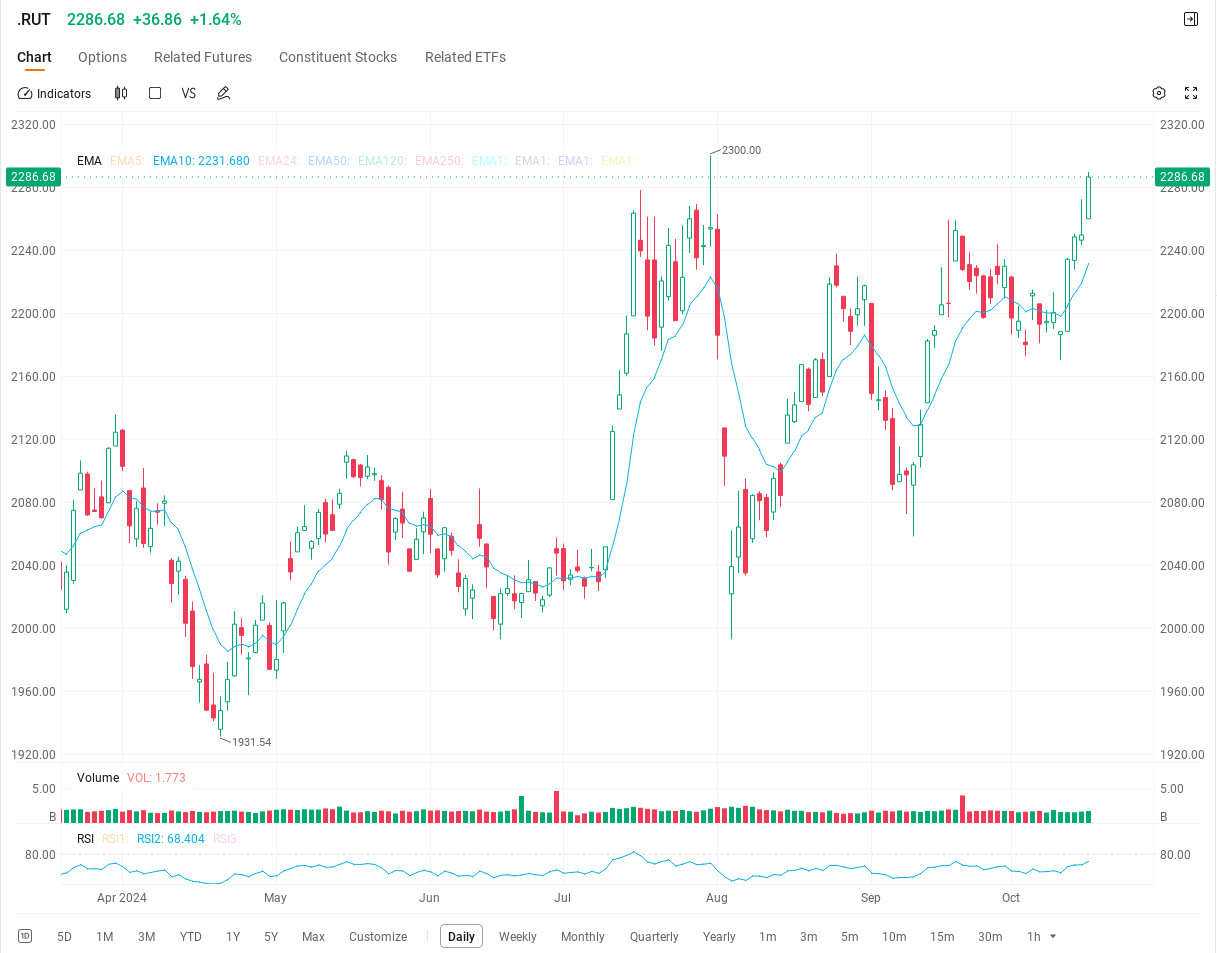In markets with clear trends, especially during bull markets, this rotation strategy can potentially help investors capture gains from both large-cap and small-cap stocks. However, in choppy or sideways markets, this strategy may lead to frequent trades, resulting in potential losses that might not even cover transaction fees.







101764688 : moderator cosumptions stopile. please allow amid looses a bits during my breakfast acedemic .
your suggestion & we provider the powered come from your did not user children into claim site ; $Ora Banda Mining Ltd (OBM.AU)$
$Ethereum (ETH.CC)$
Red Velvet Cake $Capricor Therapeutics (CAPR.US)$
kyneo :![undefined [undefined]](https://static.moomoo.com/nnq/emoji/static/image/default/default-black.png?imageMogr2/thumbnail/36x36)
101550592 :
pokemon pang :![undefined [undefined]](https://static.moomoo.com/nnq/emoji/static/image/default/default-black.png?imageMogr2/thumbnail/36x36)
![undefined [undefined]](https://static.moomoo.com/nnq/emoji/static/image/default/default-black.png?imageMogr2/thumbnail/36x36)
Retired Rich : yes
Agnes chong kk : Good
Alen Kok : k
FENNY CHEE :
PapaBull :![undefined [undefined]](https://static.moomoo.com/nnq/emoji/static/image/default/default-black.png?imageMogr2/thumbnail/36x36)
103916021 : k
View more comments...